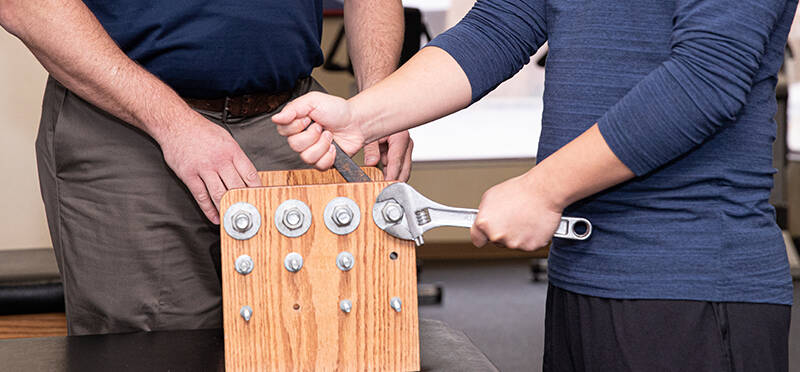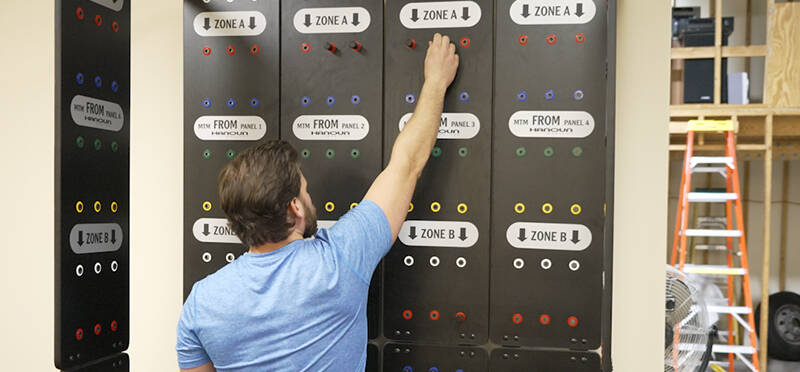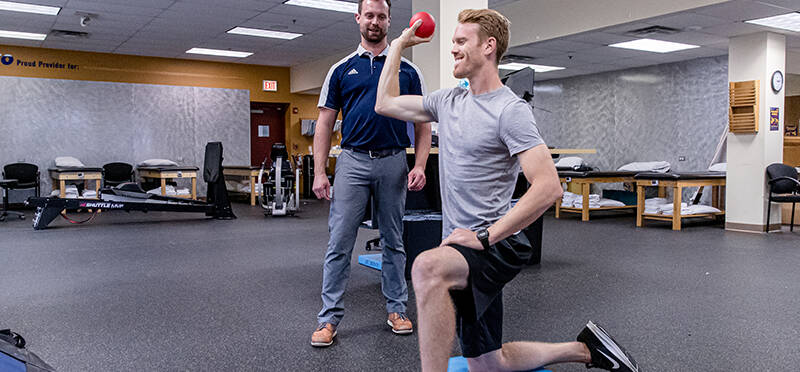Occupational Therapy And Workers’ Compensation: What’s The Difference?
Posted on April 1, 2024 by Savannah Dugan, MS, OTR/L
You may have heard the terms “Occupational Therapy” and “Workers’ Compensation” before but may be confused about their meaning, and...
(more…)








